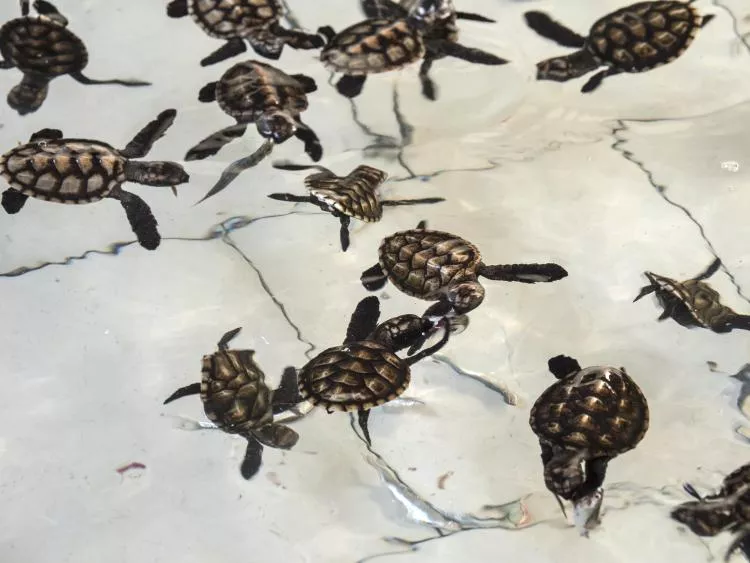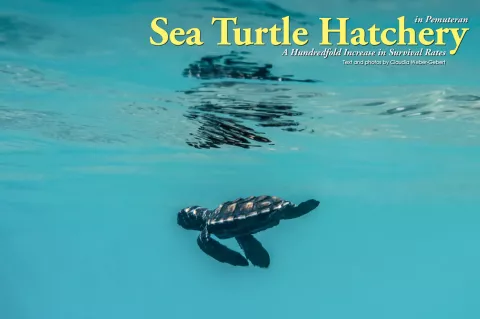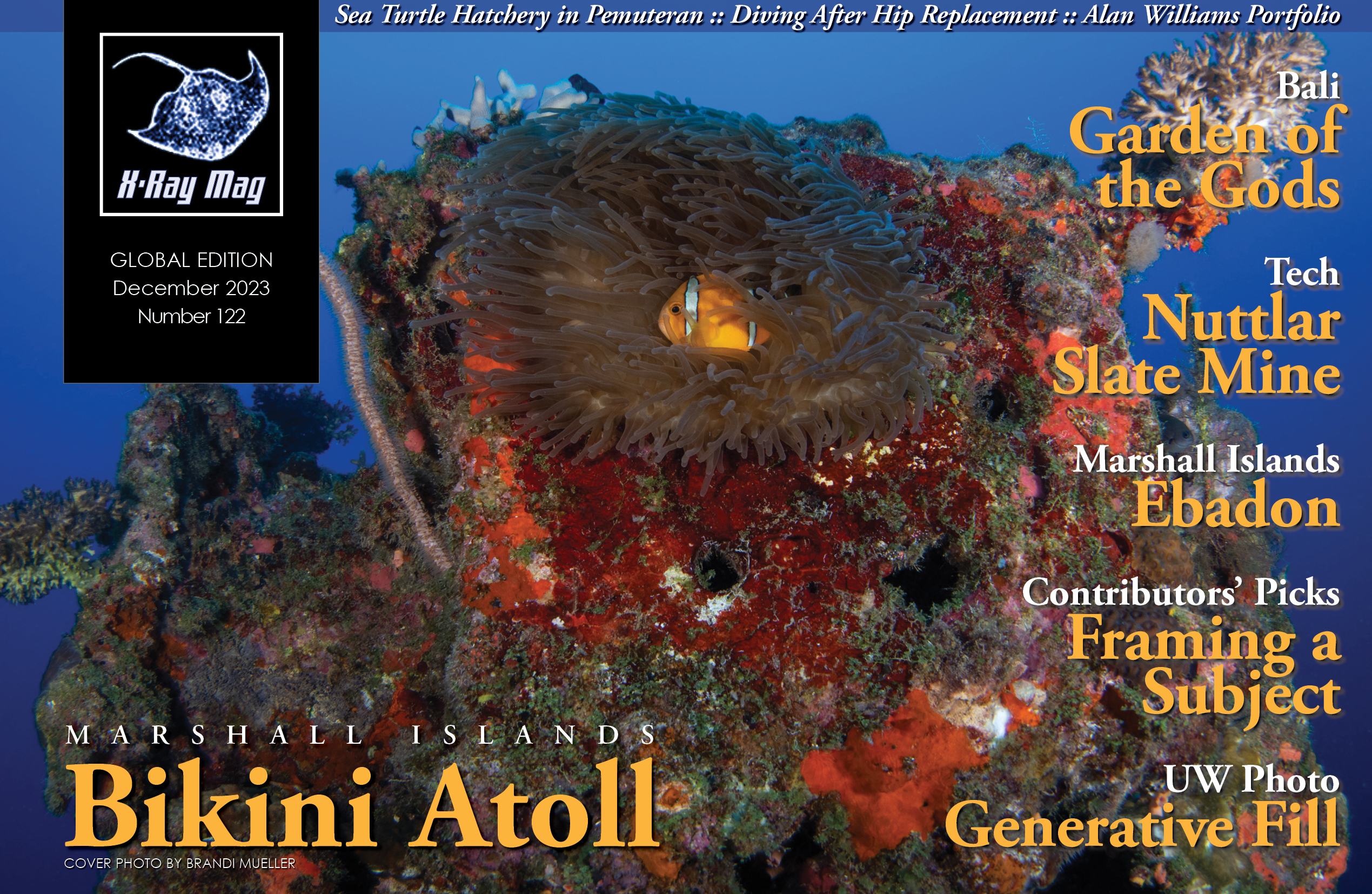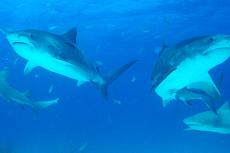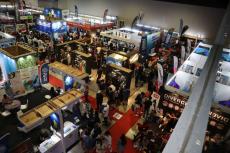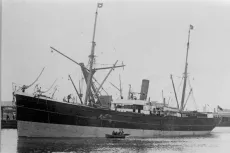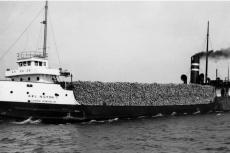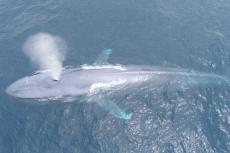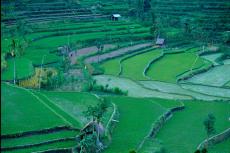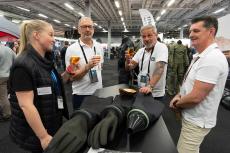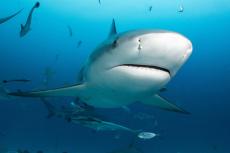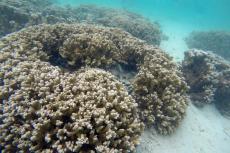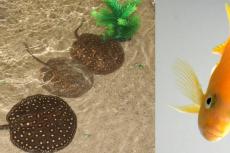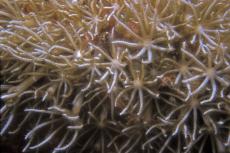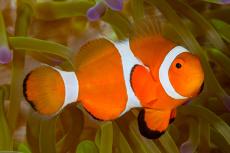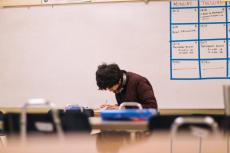A sea turtle hatchery in Pemuteran, Indonesia, established by Reef Seen Divers’ Resort founder, Chris Brown, has provided a sanctuary for endangered baby turtles to hatch and grow large enough to be released into the sea with better chances of survival. Claudia Weber-Gebert has the story.
Contributed by
When Chris Brown came to Pemuteran on Bali for the first time in 1990, he ended up staying. He said, “It just happened,” and in the end, it was probably the best thing that could have happened. From the very first hour, he felt at home here and immediately started becoming active in the conservation of its nature and, above all, taking care of the underwater world.
His initial plan was to run a dive resort, bringing divers to this lesser-known side of Bali, with all its wonderful reefs. But he also saw that there were plenty of sea turtle nests on the beach, and the locals would clear them out to sell the eggs at the market. With the low income of the people who lived here at that time, it was quite understandable; besides, consuming turtle eggs was a local tradition.
This practice has been outlawed by authorities for a long time and is now considered poaching; however, it has to be monitored, as poaching still occurs, albeit very rarely. Back then, Chris started rewarding the locals for turtle eggs, buying them at a price higher than what they could get at the market. And so, the foundation for the turtle station was laid, with the consent of the Balinese authorities.
Without further ado, everything needed was built and fenced in, behind the dive centre at Reef Seen. Since then, the project has been very successful—a nonprofit project financed by donations, daily tours and wonderful activities, such as the release of baby turtles into the sea.
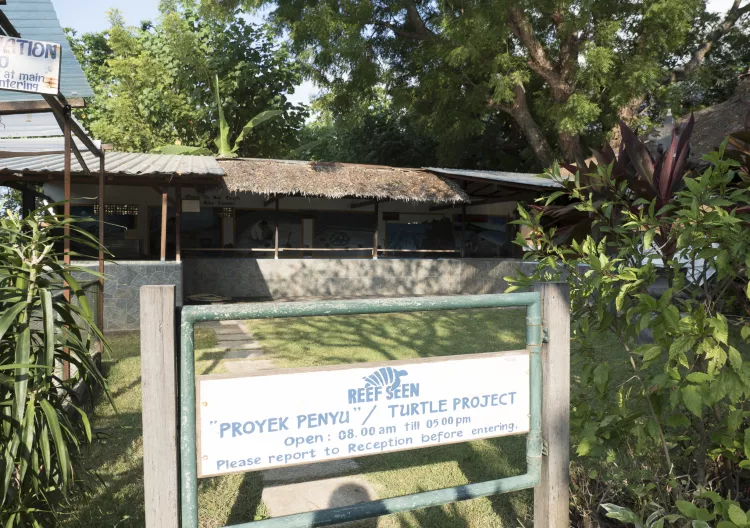
Eggs and hatchlings
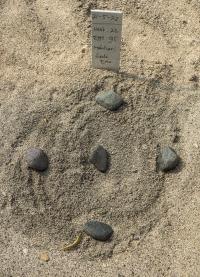
Sea turtles lay their eggs on the beach during the nesting season from January to May—mostly on the nights around a full moon. Then, local fishermen usually go around checking the beaches at night for turtle nests. If they find any, they would report them to Chris and his staff. They then professionally dig up the nest and bury it at the station. Everything is documented in detail, including species, number of eggs and date, and then the fishermen receive a fee for every turtle clutch. It is a win-win situation, which benefits the sea turtles, in particular.
In this way, local fishermen have learnt that live turtles in the sea are more profitable than selling their eggs in the market. Tourists and dive resorts bring in money—and who would not want to see a big sea turtle underwater? Every diver knows the magical attraction these animals have.
In this region, there are four species of sea turtles. Three of these species come to the beaches to lay their eggs: green, hawksbill and olive ridley sea turtles. The giant leatherback turtles pass by in the sea, but do not lay eggs.
After hatching from the sand at the safe station, the small baby turtles are not immediately sent to the beach to disappear into the sea; instead, they are placed in a pool with seawater and stay there for three months. Now, some of you may wonder why this is done. Chris and his team’s 30-plus years of experience explain why.
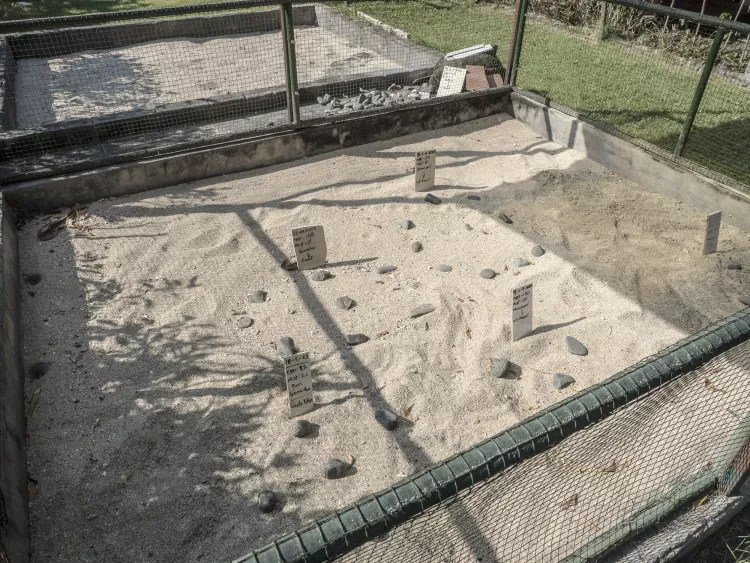
Threats
In nature, most small sea turtles fall victim to predators in the first few days of life, whether it be predatory crabs or hungry seabirds attacking them on the beach as they make their way to the water. There is no mercy and no escape. Once in the water, their odds are still pretty slim. With threats from fish, birds, fishing nets and boat propellers, only one in 1,000 baby sea turtles survive!
The station at Reef Seen has four pools for different sea turtles, depending on their age. There is one additional large pool, which was originally built for injured adult turtles, but is now the home of “Buddy” (more on that later). It is fascinating just to watch the little baby turtles scurry about. When I was a guest at the resort, I went to the pools several times a day. They just fascinated me.
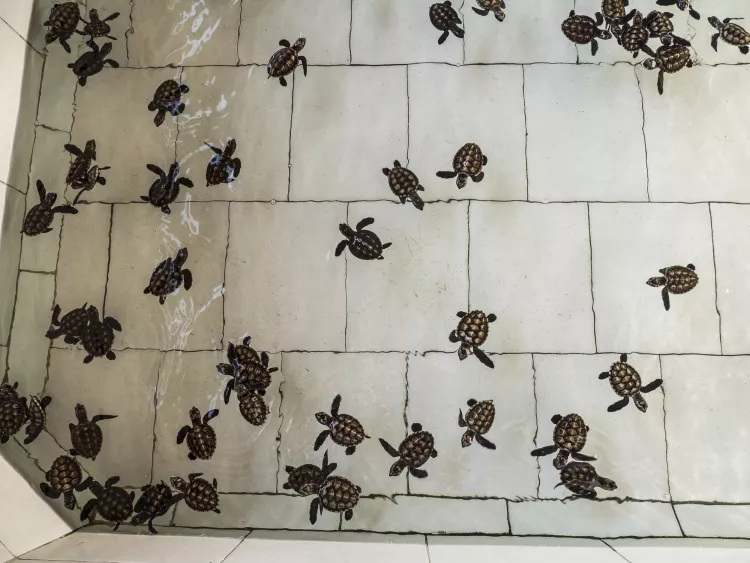
Care of young turtles
Feeding time is at 4:30 p.m. Most visitors, who would have received all the information imaginable about the different species from the trained staff, go to the station to see the rearing of the tiny creatures, up to their release to freedom. The numbers for the current season are listed on boards.
They are fed small fish, which the turtle babies fight over, because in nature, they would normally drift with the currents somewhere in the ocean as loners. The small fish are brought in by local fishermen, another source of income for them. But in nature, the sea turtle babies would normally have to look for food themselves, which is becoming increasingly scarce in today’s world.
After three months in the tank, the little ones have grown significantly and become strong. Here, the weaker animals have also had a chance to get enough food and to grow up. But the enormous effort has been worth it, because the chances of survival for these small sea turtles increases a hundredfold: From one in 1,000 to one in 10. This answers the question of why the newly hatched sea turtles are not immediately released into the sea.
All species of sea turtles are threatened, some more, some less; many are close to extinction. In this respect, every animal counts, and each needs a better chance of survival.
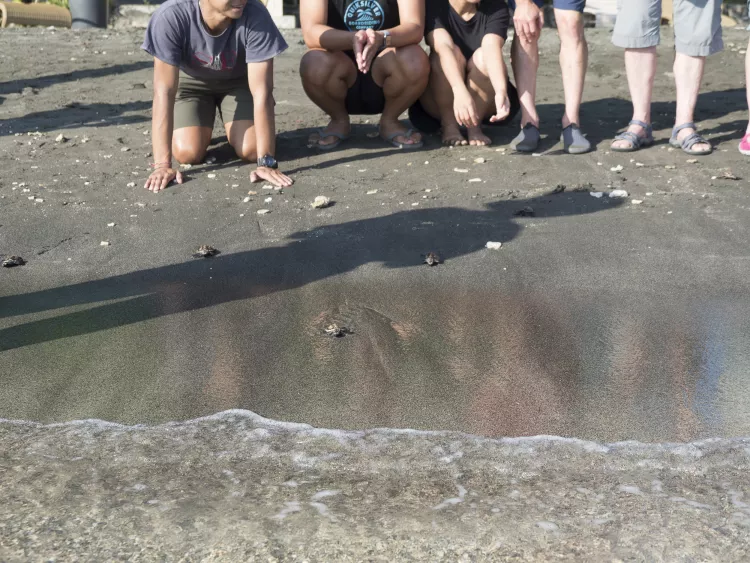
Releasing the turtles
It is a particularly emotional experience when you release one or more of these little baby turtles on the beach into the open sea. This experience is offered early in the morning when there are not many boats around. I was able to be there several times for this and observe the people participating. I could see their great joy and emotion, with tears in my own eyes from the emotional moment.
Everyone had a smartphone in hand to capture that special moment when, driven by instinct, the little creatures immediately rushed towards the water and dived into the sea. It infected both young and old alike, with great joy and awe, when these animals disappeared into the vastness of the ocean. We saw the turtles poke their little heads out of the water just a few more times to breathe, and then they were gone. Hopefully, in 20 years, they will come back to this very beach and lay their eggs here.
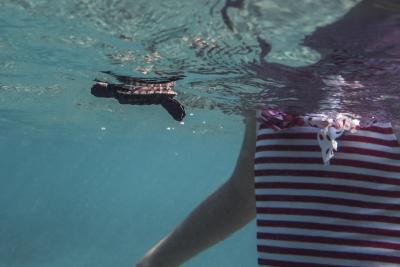
Children, in particular, were quite enthusiastic about this experience. They liked to go into the water themselves and would have preferred not to let the little turtles go, but rather to hold them tight. But that is nature. The little turtles know exactly what to do—some faster than others, some a little hesitant. But then, the wilderness calls...
The children would never forget this experience, and it is certain these kids will spend the rest of their lives protecting sea turtles. Educational, emotional and moving—it grabs everyone who experiences it.
For the lucky “godparents” left on the beach, there is a certificate of release with their own name and, of course, the name of the turtle. It is not only a nice reminder, but also the necessary documentation for the authorities. Of course, I also released baby turtles into the sea myself—a small troop of ten little fighters. I documented everything and was moved to tears. It was maybe a once-in-a-lifetime event—you never know—with the hope that more than one of the little creatures would survive, grow big and strong, and conquer the world’s oceans.
To get an impression of the turtle release, watch my video at: youtu.be/FCQivlM1Mc4.
Since last year, there has been an incubator at the station. In tandem with the natural sand pit, eggs have also been hatched in the incubator. It would be interesting to know which method is more successful for hatching sea turtles. Unfortunately, there are no results on this yet.
Buddy, the sea turtle
And now, back to “Buddy,” the big turtle in the tank. Many may think it is not okay to keep him there, that it is animal cruelty, but here is the story. A little girl found Buddy as a newly hatched baby olive ridley sea turtle, stuck in a bush at the side of the beach. He would never have survived if that girl had not taken him in. At home, tiny Buddy was placed in a bowl of seawater, and the child kept him as a pet. That went well for a few years, until at some point, there was no longer a large enough container for him, because Buddy had grown.
Then the question came as to whether Buddy could be admitted to the Turtle Hatchery Station at Reef Seen, because after all his time in captivity, Buddy could no longer simply be released into the sea. He had never learnt how to take care of himself.
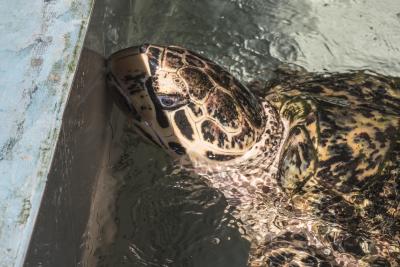
Today, Buddy is 19 years old and has been at the Reef Seen station since 2010. He is very large for his age, which means that he was able to put on weight faster than his counterparts in the wild. He is fed sardines, and his water is refreshed daily. Buddy is a visitor favourite. He loves being scratched on his carapace. He is a hands-on turtle, an ambassador for his species, a symbol of the hope that visitors would realise that his kind are endangered and need to be protected.
Of course, questions arise as to whether one could at least build him a larger tank or separate an area in the sea with nets. I had also thought it myself and spoke at length about it with Chris. Here are the reasons why not.
Experience has shown that turtles cannot be kept in nets in the sea. Their instinct when in the sea leads them to repeatedly swim against these nets to escape, so this is not really an alternative, as they can seriously injure themselves in the process.
A large tank is certainly a good idea but would cost a lot of money. The Turtle Hatchery Station is self-supported through visitor admissions and donations. Admissions fund the amount that fishermen receive for reporting nests. Even if donations could raise enough money, the Turtle Hatchery’s current high standing with the local population would certainly come into question, because investing thousands of dollars on a single turtle, while people still live in bamboo huts not far away, would not be well received. As a foreigner, one always has to keep the local situation in mind and consider it. What we take for granted may be far from being the case, locally.
Besides, Buddy grew up in captivity. He has never known the open sea and may not even know that he might be missing something. Instead, he enjoys showing visitors his shell, being scrubbed, and being fed sardines every day, like in Cockaigne (the land of plenty). So, these are the reasons why it is the way it is.
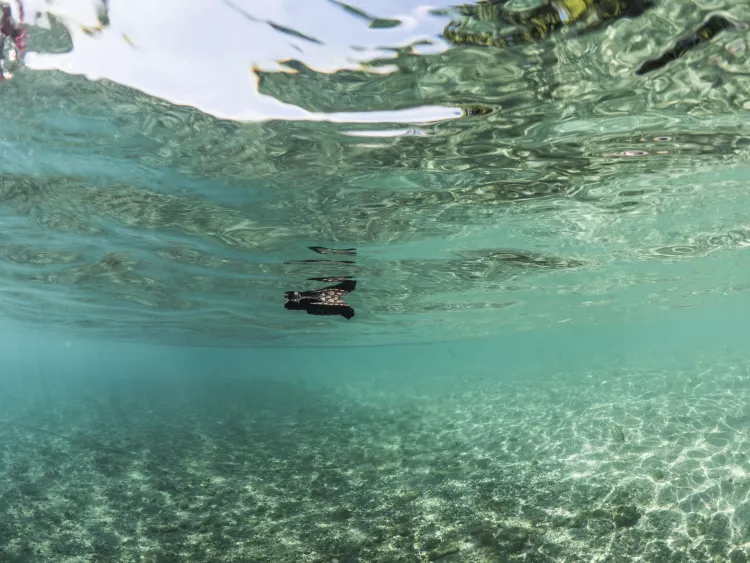
Pushback
There are envious people everywhere. In fact, a few years ago, a local NGO officer arrived at the Reef Seen station with armed forestry rangers and an arrest warrant for “illegally keeping protected species” on the property. After hearing the full story from Chris, local villagers and village authorities, plus some phone calls from the relevant government officials, the forestry rangers finally took their leave.
Everything that takes place at the sea turtle sanctuary has been approved by the authorities. Fostering sea turtles at the sanctuary is not considered poaching at all, since the animals are later released into the sea.
With over 30 years of experience in the sea turtle station, a lot of knowledge has come together, even though Chris is not a scientist. It has worked; more animals survive than if the station did not exist. Tradition has been changed in Pemuteran; turtle eggs go to the station and not to the market. And with everything going well, Chris has new plans.
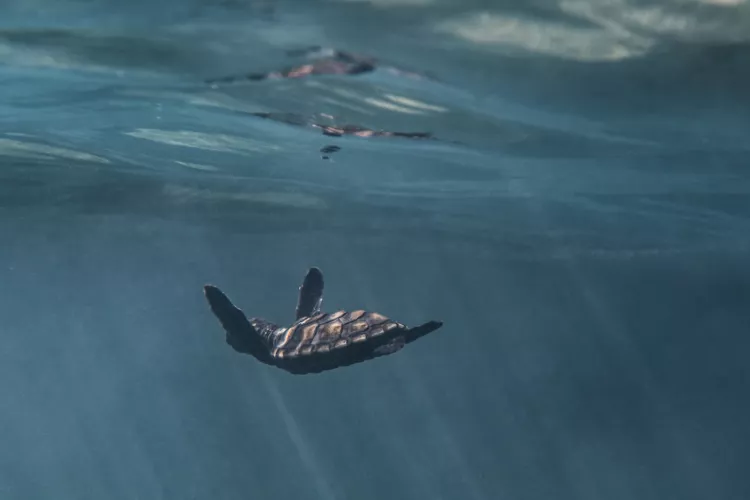
Future plans
In the future, students from universities in Australia and Indonesia would be able to come here and scientifically prove what Chris and his team have learnt and put into action at the Reef Seen turtle station. It is a perfect opportunity for budding marine biologists to study sea turtles and maybe find ways to help them even more. The sea turtles’ orientation to Earth’s magnetic field, for instance, has not yet been researched much; with chips or micro-transmitters, new insights may certainly be found here. To this end, initial contacts have already been made.
As Chris told me, a few weeks ago, he wanted to give up everything and sell the resort, due to health reasons. There were many discussions with potential buyers. It was difficult to find someone who would continue his projects—both the turtle station and reef gardening—and retain the current staff. Indeed, it would not be a good feeling if there was no guarantee that everything could continue to exist the same way it does today.
A conversation with a buyer was the deciding factor in his decision to continue with Reef Seen himself, as there was a great possibility that a future buyer would just bulldoze everything to the ground, just so they could build a “fancy” new resort—no more environmental and community programmes. “Life is not about money, but the hours you live and what you do with your life” is what really matters.
And so, Chris perseveres on, with the support of his entire team, who lovingly and responsibly keep the resort running. Besides, no one can say better than he why this project is so important, and why he has put three decades of his life into it. I am already looking forward to my next visit to the Reef Seen Divers’ Resort and many more interesting conversations with Chris, over a cup of coffee and delicious banana pancakes for breakfast! ■

